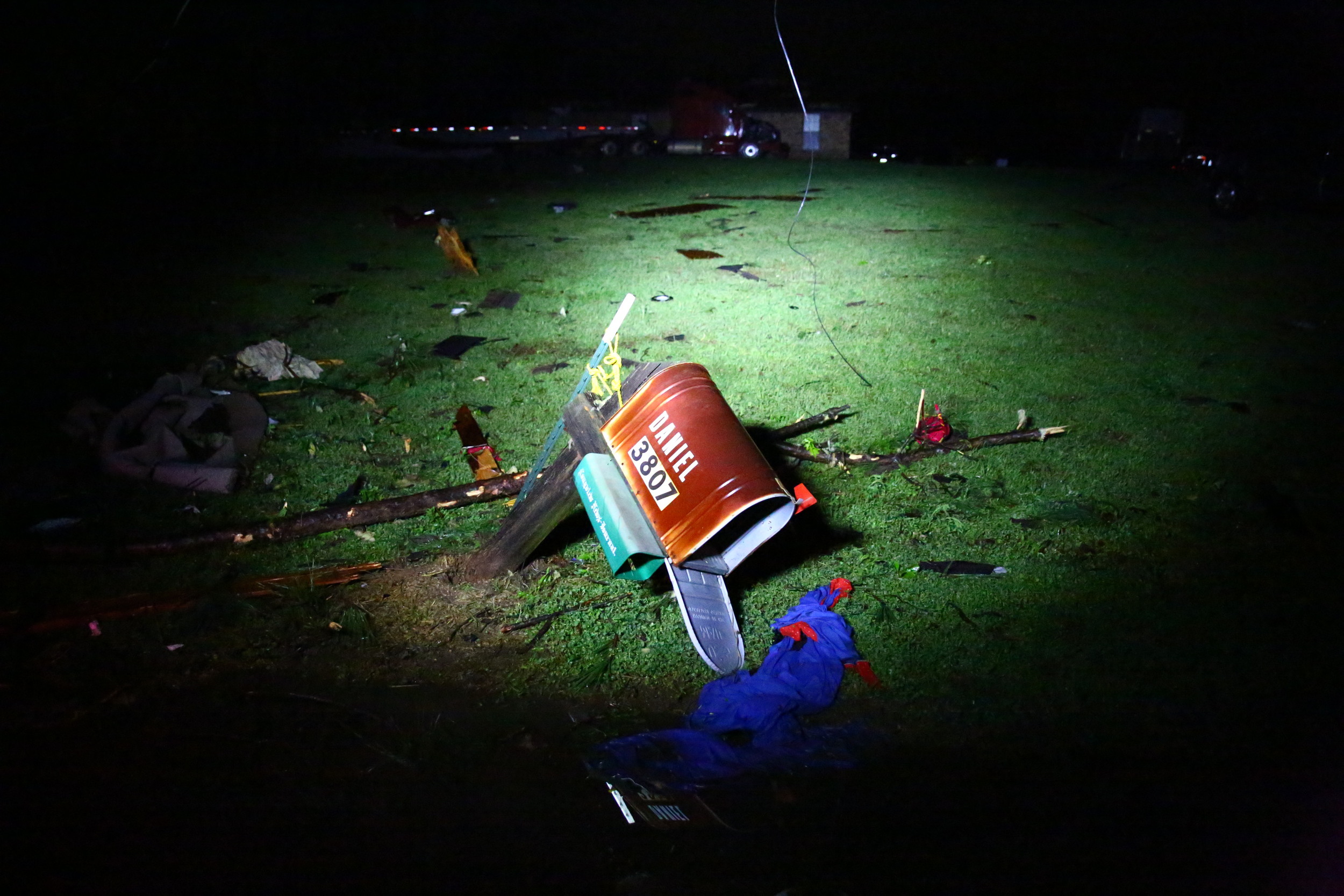Earlier this month, I went to see my sister in St. Louis where she lives and works as a biomedical researcher at Washington University. As a post-doc, she's neither a student nor the big boss, working with an M.D. fellow plus two lab techs and a couple of undergrads.
In this case "lab" refers not to a room but a group of people conducting research and experiments under the direction of one person, Jeff. On tenure-track with the University, he's also a pediatric oncologist, is married and has four kids. Apparently, "intense" is the word that describes him best. I got a quick, firm handshake in passing, and he asked if my sister was putting me to work. I assured him it was best that I didn't touch anything.
While Jeff's lab is generally focused on developing treatments for childhood leukemia, they're actually working on a range of ever-changing experiments. Turns out it's not always as simple as saying, "This lab does cancer, and that lab is working on diabetes." It's more like, "Hey, I wonder what that gene does – let's see if we can find out."
Jeff's lab occupies two bays in a long room where many other labs are conducting their own research. My sister said the labs on their floor are all generally conducting research related to pediatric cancers, but not exclusively.
When you walk in, there's no mistaking that science happens here. It almost felt like the room had been staged by a TV set designer: beakers of bright liquids, test tubes, microscopes, latex gloves, shelves of chemicals and so forth. Turns out they actually use that stuff.
My sister has been a scientist for a long time, and at virtually every family dinner she is asked to dumb down what she does so that we, her family, might understand. We don't. In fact, that was #10 on a list entitled, "You know you've worked in a lab too long when" that was tacked up near her desk. I'd love to describe to you what she does, but I don't know. Something with genes and DNA. Something with leukemia in children. Oh, and there are the mice.
"Sir, is that camera sterile?"
My sister took me over to the "mouse house," which was a few buildings over from her lab. Before you get to the mice, which are used as human analogs for all kinds of different research, one must first get suited up in a hairnet, mask, gown, gloves and shoe covers. Next, we each went into a little room where air jets blew off whatever dirt and contaminates happened to be clinging to us from the outside world. Accidentally exposing these mice to something could potentially ruin or delay a lot of research. I'm not a scientist, but even I know that's bad.
We took an elevator down to the room where my sister's mice were kept. Those dimly lit hallways reminded me of any number of Doom-like video games where you walk around abandoned government facilities waiting for hideous aliens or science-experiments-gone-wrong to jump out at you. I took the safety off my rocket launcher and waited. All clear.
REDROOM
The red light in the mouse room caught me off guard, but my sister said it's used because mice don't see red, and it just looked dark in there to them. However, mice are nocturnal, so the clicking sound of mice feet on plastic emanated from the shelves around us. Oh, and the smell. I'd been warned about that, and it truthfully wasn't as bad as I imagined.
She showed me the mice. I held a mouse. She also showed me a hairless baby mouse, whose translucent skin revealed a small drop of white milk in its belly. Cool. Oh, but they weren't white mice – I thought that was strange. If I understand correctly, the mice are used to gather cells and inject DNA, seeing what effect specific genes have, if any. I remember my sister saying long ago that she never wanted to work with mice, but I guess you can get used to anything.
So yeah. Science. It's happening all the time. And while raising money for cancer research is common and expected, even well regarded, most people probably don't have a clue of what it entails. According to Shaina, "Everything in science is expensive." I don't doubt it.
In the time I spent with her in the lab, I don't know how many single-use pipette covers she went through. The pipette itself costs a couple hundred dollars, and they're everywhere. Then there are the microscopes, centrifuges, refrigerators and freezers of various sizes, vent hoods, computers, compressors and tanks of liquid nitrogen. Not to mention the small items like notepads, pens, lab coats (that no one wears), boxes of rubber gloves, and various stands, holders and containers. Nearly everything in there is specialized and therefore costs more than you'd think it should.
Research takes a lot of time, it takes a lot of smarts, and it takes a lot of stuff. That's why Jeff spends so much of his time applying for grants – something very few people enjoy doing. Experiments that go well and garner positive results are often written up as papers that will hopefully be published in scientific journals. One problem is that if another lab publishes a paper on the same thing you're working on—say, a specific gene—that usually means you're finished. They got to it first. All that work down the drain. On to the next thing.
So if you ever wondered what cancer research looks like, here's a glimpse. If you ever wondered what your ten-dollar donation amounts to, not much. Not that ten-dollar donations don't add up to make an important difference, it's just that no one will be naming a hospital wing after you. A box of gloves, maybe. Or a specimen cup.

























































